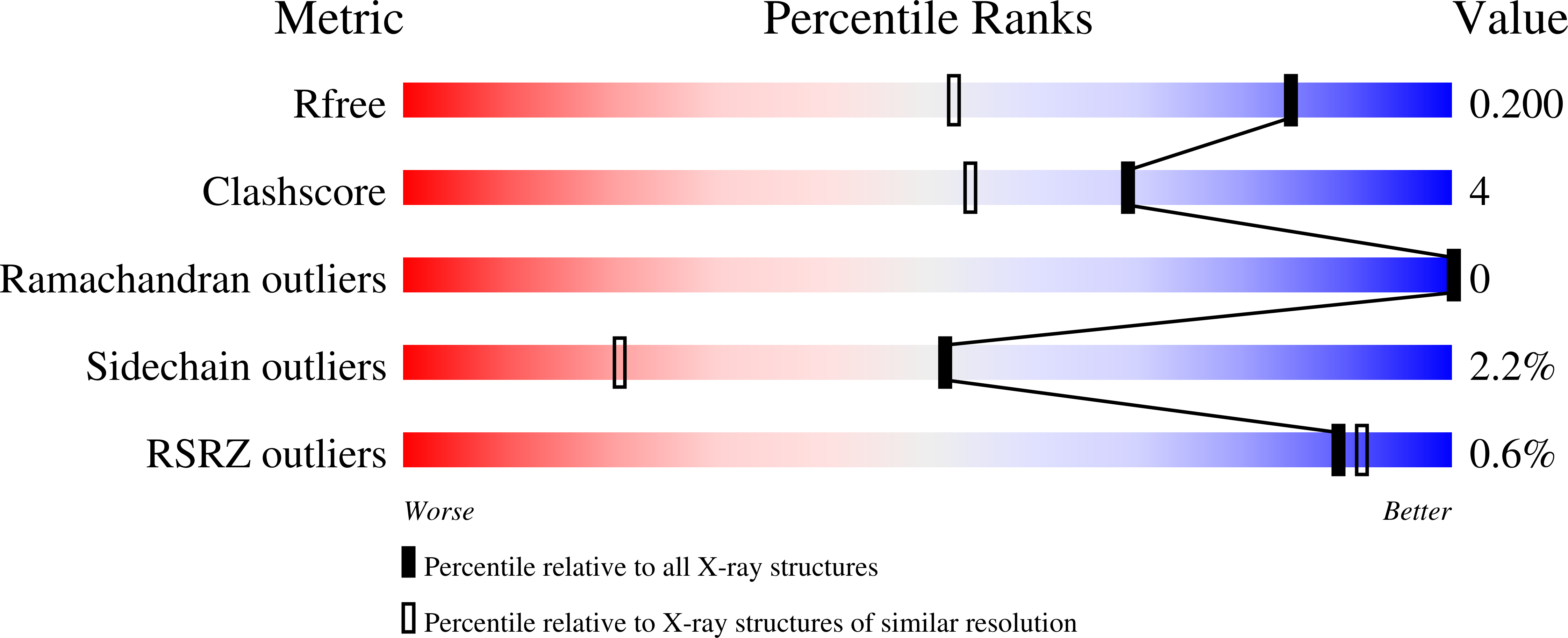
Deposition Date
2003-06-06
Release Date
2003-12-16
Last Version Date
2023-08-16
Method Details:
Experimental Method:
Resolution:
1.47 Å
R-Value Free:
0.23
R-Value Work:
0.18
R-Value Observed:
0.2
Space Group:
P 21 21 21


